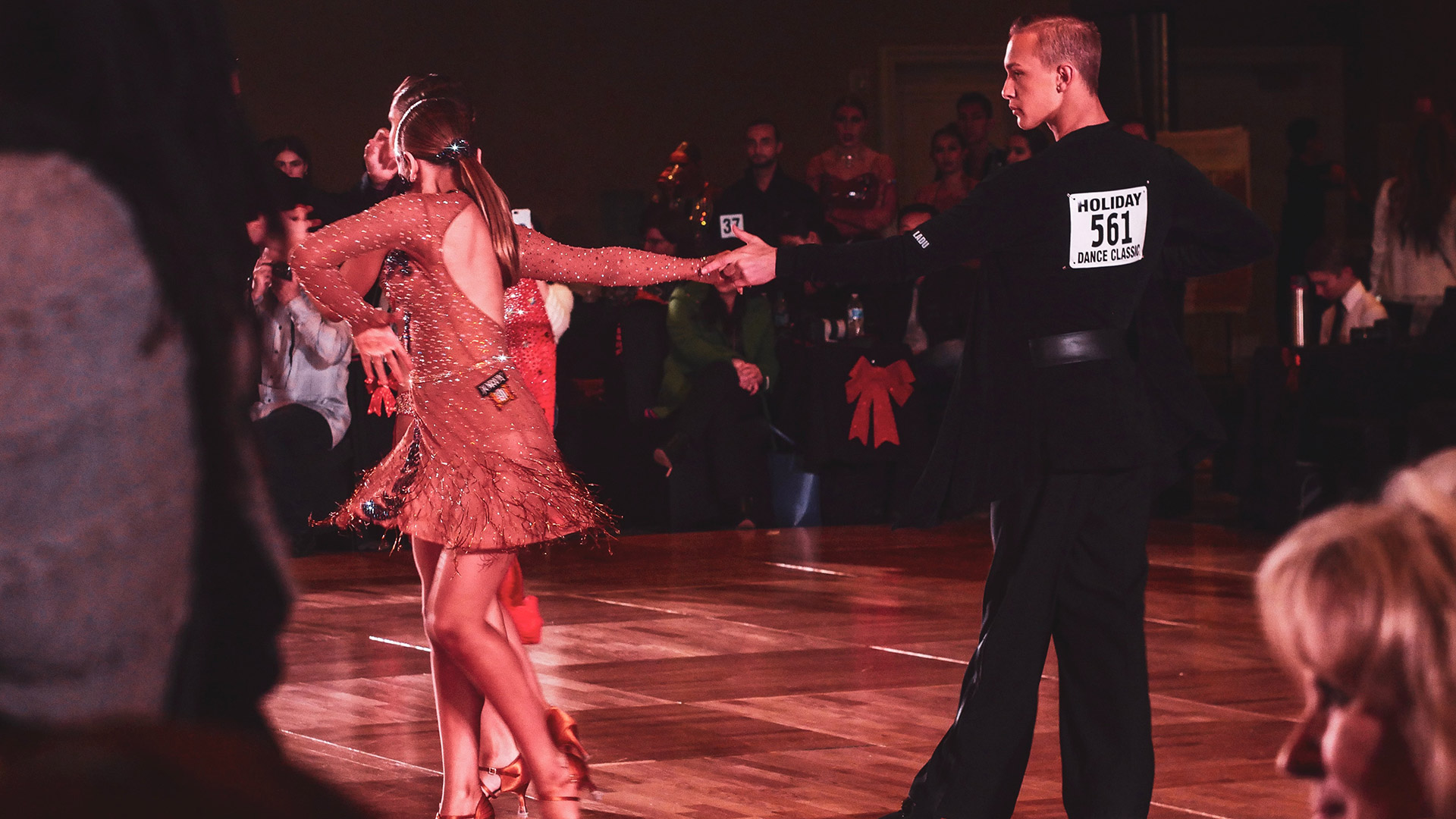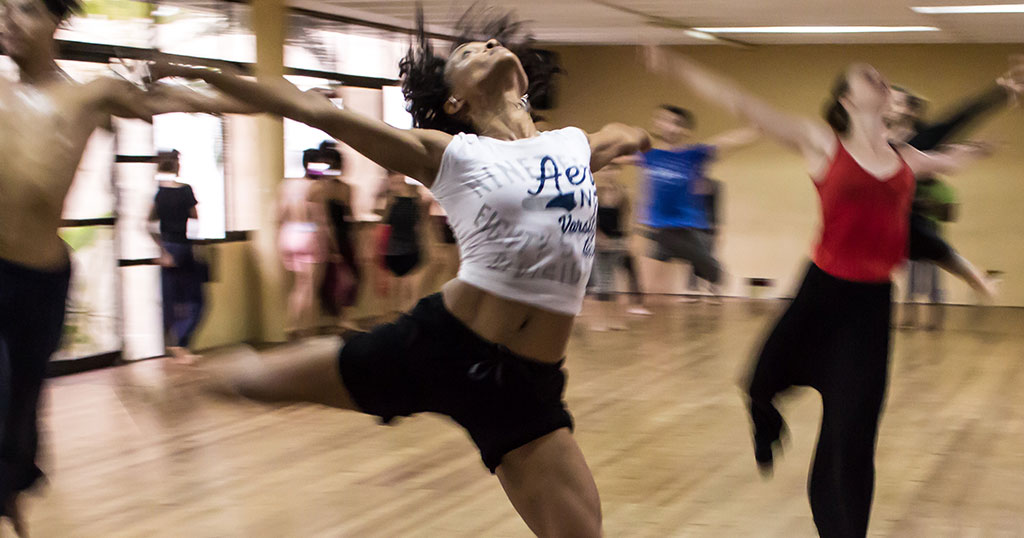Dances have been a part of people’s lives for a long time. In the old times, dancing was associated with work, nature and other surroundings – mostly it was about celebrations. Dances and their styles have evolved differently, according to cultures.
Dancesport dances
Dancesport dances, like the name indicates, are danced competitively. These events are both on national and international levels. The World DanceSport Federation regulates these competitions. Dances are danced mostly in pairs (solo performances can also occur).
There are 10 dancesport dances:
- the White Waltz
- Tango
- Viennese Waltz
- Foxtrot
- Quickstep
- Samba
- Cha-Cha-Cha
- Rhumba
- Paso Doble
- Jive
Out of these, five are Standard Dances – harmonical dances, that suit best in ballroom.
- the White Waltz, Tango, Viennese Waltz, Foxtrot, Quickstep
The rest are Latin America dances – passionate and rhythmic dances from different cultures and countries.
- Samba, Cha-Cha-Cha, Rhumba, Paso Doble, Jive
Dance is training, emotion, entertainment
Dancing can mean something different for everyone. Some of us do it for training, others, when they want to express an emotion. Some people dance, when they are listening their favorite song. For some, its work.
Very broadly said, dance is the movement of body in rhythm. Usually, it is accompanied by music and has a purpose – expressing an idea or feeling, release energy or just have fun. It is an art to express dance in a way, that it becomes something so intense and passionate, that its enjoyed by others who don’t want to dance by themselves.
It is difficult to explain, why people dance. Even though it’s a good training, physical exercise is not the only reason to dance. Dancing can help express emotions, when words are not enough. Therapists have claimed for decades that dance is effective therapy for people, who suffer social anxiety or who are afraid of public speaking. Dancing connects people in a special way.

